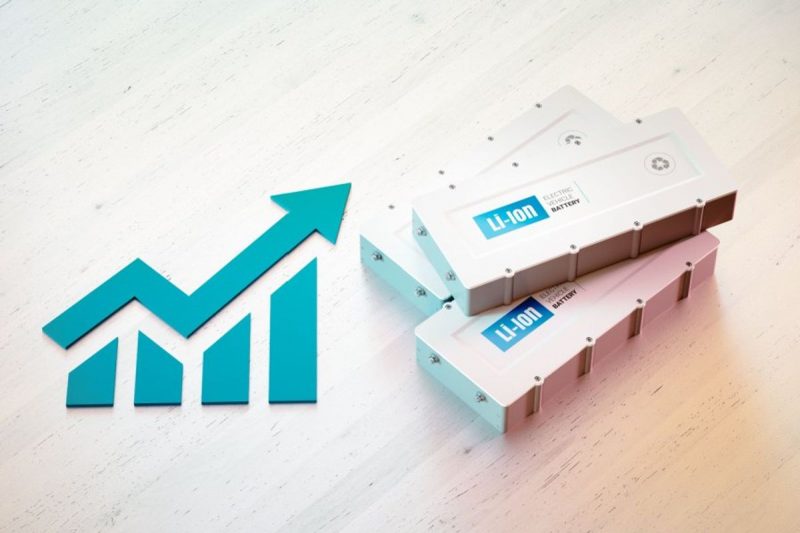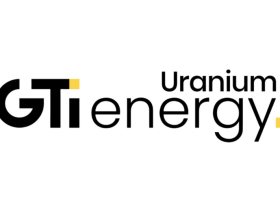The S&P/TSX Venture Composite Index (INDEXTSI:JX) declined last week, finishing at 616.37.
In the resource sector, the gold price was on the rise ahead of the US Federal Reserve’s upcoming meeting. The yellow metal passed the US$1,985 per ounce mark during the period, although it finished at just over US$1,960.
Against that backdrop, a variety of TSXV-listed resource stocks made moves over the last five days. Read on to find out which companies rose the most during the period and what was affecting their share prices.
1. Canuc Resources (TSXV:CDA)
Weekly gain: 46.15 percent; market cap: C$15.32 million; current share price: C$0.19
Canuc Resources has its San Javier silver-gold project in Sonora, Mexico, and gains income from the producing MidTex natural gas project in Texas, US, at which it has interests in eight wells. The company has completed a series of private placement financings in 2023, with the most recent being in June; it plans to use the proceeds for its 2023 exploration program at San Javier.
While the company didn’t release news last week, its share price hit C$0.15 on Thursday (July 20) and Friday (July 21).
2. Eskay Mining (TSXV:ESK)
Weekly gain: 28.41 percent; market cap: C$183.62 million; current share price: C$1.13
Eskay Mining is focused on exploring its consolidated Eskay property, which hosts a variety of precious and base metals prospects in the Golden Triangle region of BC, Canada. The company shared its exploration plans for the property in May.
Eskay didn’t release news last week, but its share price climbed over the week to peak on Friday.
3. Tincorp Metals (TSXV:TIN)
Weekly gain: 25 percent; market cap: C$26.62 million; current share price: C$0.40
Tincorp Metals has both tin and gold in its portfolio. In Bolivia, Tincorp has the option to acquire up to a 100 percent interest in two tin projects, Porvenir and SF Tin. Its gold project is the 100 percent owned Skukum gold project in Yukon, Canada. In May, the company commenced 2023 exploration at the Porvenir project.
Tincorp’s latest news came in June, but last Tuesday (July 18) its share price jumped from C$0.32 to C$0.40.
4. Nicola Mining (TSXV:NIM)
Weekly gain: 21.43 percent; market cap: C$51.1 million; current share price: C$0.17
Nicola Mining owns and operates a mill and tailings facility in BC at which it processes gold and silver feed for other companies. It also owns the New Craigmont copper property and Treasure Mountain silver project in the province.
On July 5, Nicola shared that it has begun shipping gold concentrate produced with Osisko Development (TSXV:ODV,NYSE:ODV) and has completed the first four holes of its 2023 diamond drilling campaign at New Craigmost.
The company hasn’t released news since, but its share price began climbing last Monday (July 17) to peak at C$0.175 on Friday.
5. Grid Metals (TSXV:GRDM)
Weekly gain: 20.69 percent; market cap: C$29.45 million; current share price: C$0.175
Grid Metals is a battery metals company focused on lithium, nickel and copper exploration in Manitoba, Canada. Its two lithium properties are the Donner Lake and Falcon West projects, which both host high-grade pegmatites, according to Grid. The company is also developing its Makwa Mayville nickel-copper project.
Grid Metals released a maiden resource estimate for Donner Lake last Tuesday, reporting an inferred resource of 6.81 million metric tons grading 1.39 percent lithium oxide. In the release, Grid also says it has signed a binding lease agreement to use 1911 Gold’s (TSXV:AUMB,OTC Pink:AUMBF) True North mill, which will be reconfigured to be able to produce lithium spodumene concentrate.
‘We believe the resource and mill lease announced today are essential building blocks for the development of a lithium production business focused in southeastern Manitoba,” Grid Metals CEO Robin Dunbar said. The company’s share price climbed throughout last week following the news and hit a weekly peak of C$0.185 early in Friday’s trading day.
FAQs for TSXV stocks
What is the difference between the TSX and TSXV?
The TSX, or Toronto Stock Exchange, is used by senior companies with larger market caps, while the TSXV, or TSX Venture Exchange, is used by smaller-cap companies. Companies listed on the TSXV can graduate to the senior exchange.
How many companies are listed on the TSXV?
As of April 2023, there were 1,713 companies listed on the TSXV, 953 of which were mining companies. Comparatively, the TSX was home to 1,789 companies, with 190 of those being mining companies.
Together the TSX and TSXV host around 40 percent of the world’s public mining companies.
How much does it cost to list on the TSXV?
There are a variety of different fees that companies must pay to list on the TSXV, and according to the exchange, they can vary based on the transaction’s nature and complexity. The listing fee alone will most likely cost between C$10,000 to C$70,000. Accounting and auditing fees could rack up between C$25,000 and C$100,000, while legal fees are expected to be over C$75,000 and an underwriters’ commission may hit up to 12 percent.
The exchange lists a handful of other fees and expenses companies can expect, including but not limited to security commission and transfer agency fees, investor relations costs and director and officer liability insurance.
These are all just for the initial listing, of course. There are ongoing expenses once companies are trading, such as sustaining fees and additional listing fees, plus the costs associated with filing regular reports.
How do you trade on the TSXV?
Investors can trade on the TSXV the way they would trade stocks on any exchange. This means they can use a stock broker or an individual investment account to buy and sell shares of TSXV-listed companies during the exchange’s trading hours.
Data for 5 Top Weekly TSXV Performers articles is retrieved each Friday after market close using TradingView’s stock screener. Only companies with market capitalizations greater than C$10 million prior to the week’s gains are included. Companies within the non-energy minerals and energy minerals are considered.
Securities Disclosure: I, Lauren Kelly, hold no direct investment interest in any company mentioned in this article.
Securities Disclosure: I, Charlotte McLeod, hold no direct investment interest in any company mentioned in this article.





